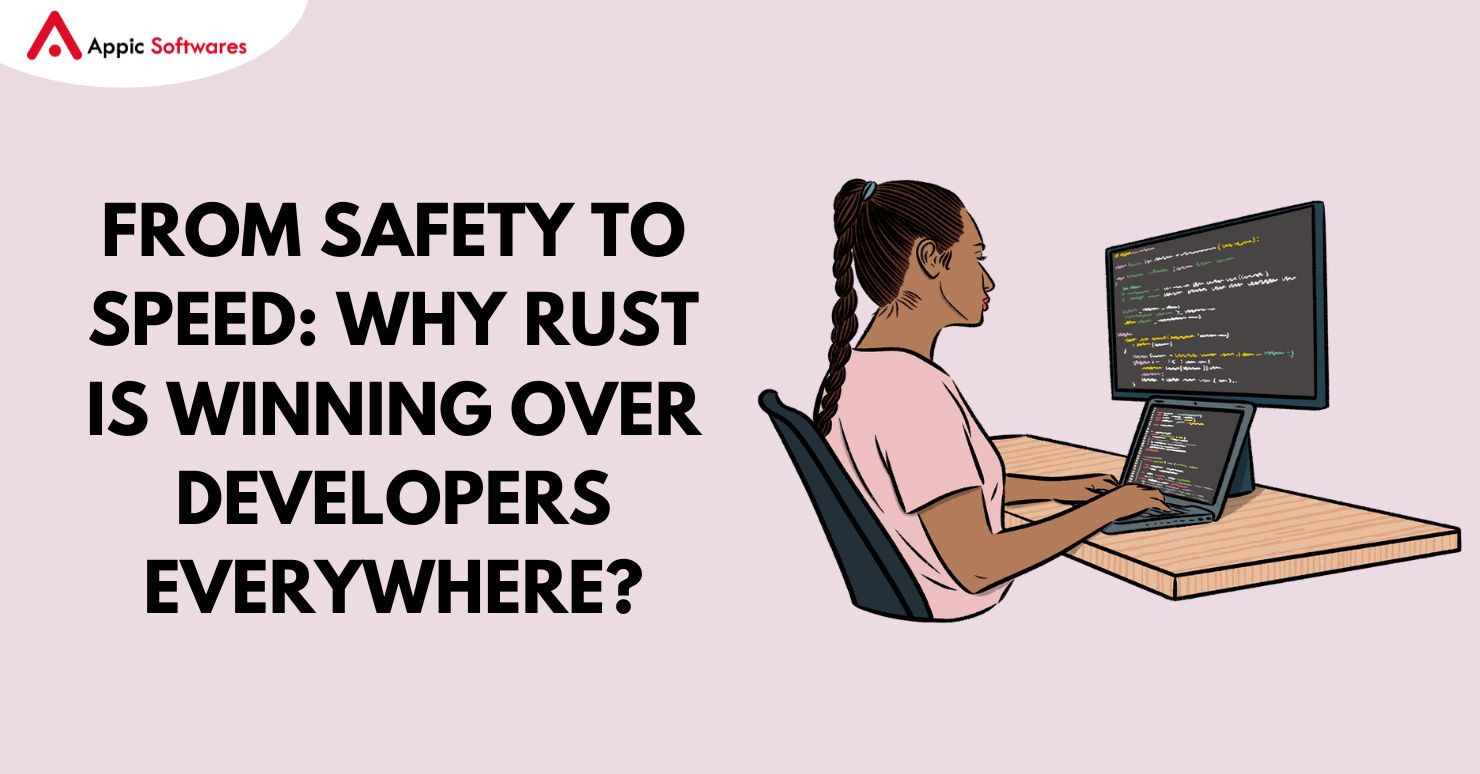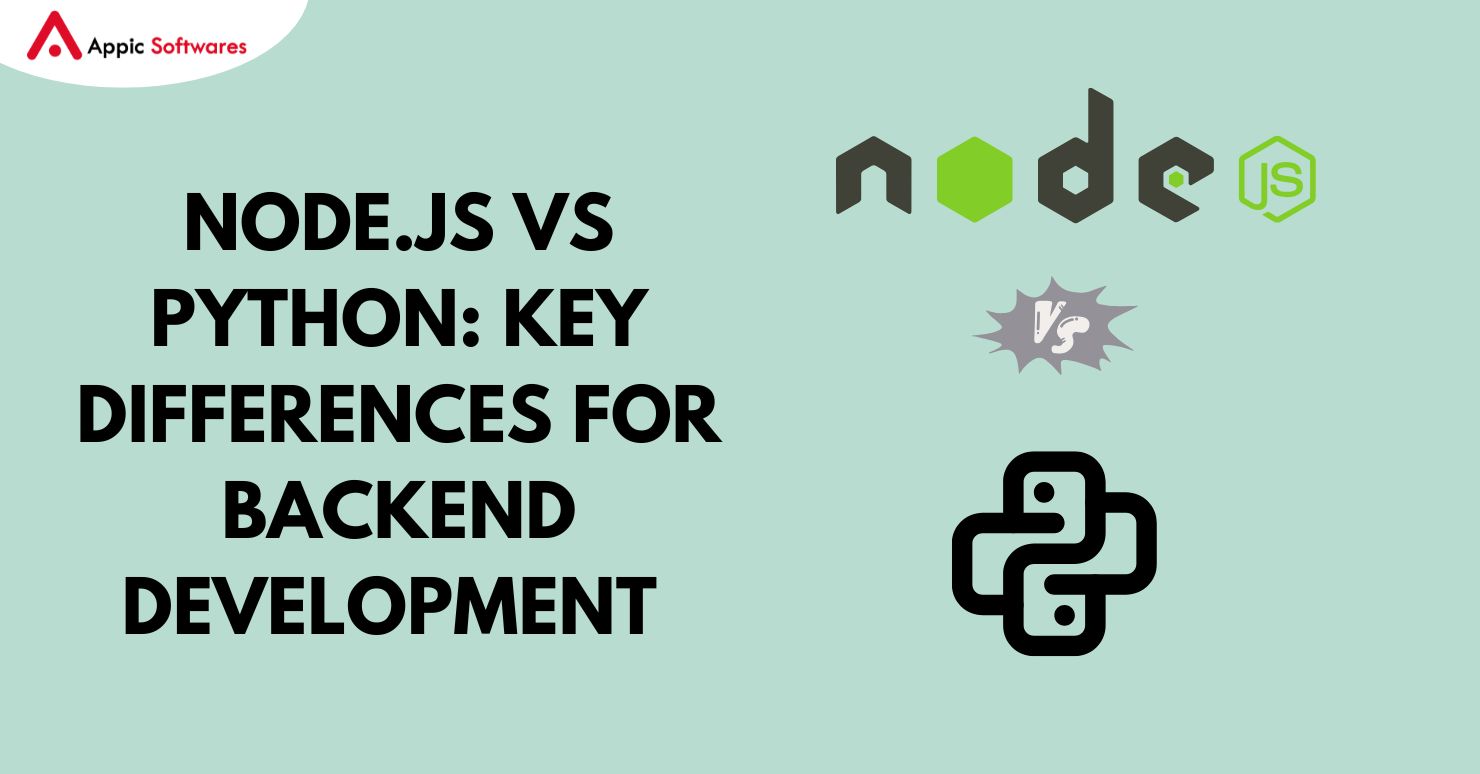
User experience (UX) isn’t just about how a person feels when they use your website anymore. In a world where interfaces and APIs are being added quickly, content is the most important thing you can do to give your people a great UX. To keep up, you need to use hot-selling, fast-moving front-end technologies like AngularJS, React JS, etc., that can serve your content at an application-like speed.
Headless Drupal, also called “decoupled Drupal,” is one of these methods that is getting a lot of attention because of its unique ability to create great digital experiences. Big names like Weather.com, The Tonight Show, Great Wolf Resorts, Warner Music Group, and many more have gone the headless Drupal way, giving their customers websites that load quickly and have interactive and unique front-end designs. The API-first architecture of Drupal 8 means that information can be used and shown anywhere.
How does Headless CMS work?
In this digital world, deciding whether to go armless or not can be hard. So why is everyone talking about going Headless? In simple terms, a headless CMS design separates the front end (content consumers) from the back end (content providers). This not only lets you send your content anywhere, but it also lets you use the newest Front-end technologies to give your users the best experience possible.
What is Drupal Headless/Decoupled?
Drupal websites are usually made to do more than one thing. So, Drupal handles both the back-end content handling and the front-end content rendering. There’s no question that Drupal CMS on its own can give the end user a rich experience, but it falls short when it comes to responding instantly to requests and delivering content smoothly in different interfaces. In a decoupled Drupal design, a client-side framework like AngularJS, React, or Backbone.JS is used instead of Drupal’s theme layer. The server doesn’t always have to handle a user’s request, which can make your Drupal site much faster and better for users.
The API-first design of Drupal 8 took its first step when REST API was added to core (Drupal 8.0). But it had its own set of problems (like how to set it up and how to use it). Since then, there have been many changes to both RESTful and non-RESTful web services, such as JSON-API and GraphQL.
From a technical point of view, a Drupal site without a user interface sends data in HTTP/JSON forms. This info is turned into a web page by a powerful front-end UI framework.

Putting Decoupled Drupal into groups
In a standard Drupal CMS architecture, the browser sends a request to PHP, which then renders the HTML and sends it back to the browser. The coder can, of course, embed JavaScript to make changes on the client side, but this could mean that different modules use different client-side frameworks. That makes it a very complicated structure.
Gradual Splitting Apart
If you want to keep your Drupal Theme layer and still be able to respond quickly to the browser, the best thing to do is to use the Progressive Decoupling method. You can have your cake and eat it, too, at this place. Drupal creates the basic state of an application, which can then be changed with code on the client side. Modules can be written in either PHP or JavaScript, and you can take advantage of Drupal’s powerful speed benefits.
This version of decoupled Drupal keeps contextualized interfaces, content workflow, site preview, and other features useful and integrated with Drupal as a whole. Content writers and site builders feel at home with this decoupled version of Drupal. It also lets front-end developers work at their own speed while keeping site builders from getting in the way by using a JavaScript framework on part of the page.
In short, an increasingly decoupled Drupal is a great way to meet both the needs of editors, such as layout management, and the needs of developers, who want to use more JavaScript.
Architecture With No Connections
And then there’s Full decoupling, where Drupal’s presentation layer is fully replaced by a client-side framework. This version of the decoupled CMS has a system on the client side that also works as a pre-renderer on the server side. Drupal CMS is only used as a place to store information, and it takes care of everything else behind the scenes. When you don’t use Drupal’s theme features at all, you’re also giving up some of the best speed benefits that Drupal has to offer. Also, separating the management interface and front end of a Drupal website would require a lot of rebuilding. Using JavaScript on the server side also makes it harder to set up the framework.
In recent years, a fully decoupled Drupal design has gotten more attention because JavaScript is still growing and doesn’t seem to be slowing down. This means that your content structure and how it looks are two different things that you need to worry about. In a nutshell, making a fully decoupled Drupal system is like thinking of your web experience as a separate program that needs to be fed content.
Which Drupal solution that isn’t tied together is best for you?
Traditionally, Drupal CMS is meant to do both: handle the website’s content and display the front end. Do you agree that it’s a lot of pressure? Experts on Drupal say that its strength is in its back-end, which is powerful and flexible, and that it needs to be service-oriented first instead of HTML-oriented. Decoupling Drupal means that another system takes care of the front end while Drupal handles the back end. You might ask, “Why is it a good idea to separate Drupal?”
If you want to use cutting-edge and current front-end technologies that Drupal doesn’t have, you’ll need a powerful front-end framework like React JS or Angular JS. With a headless Drupal solution, you can do all of this and still keep your powerful Drupal CMS on the back end.
You can “write once and publish everywhere” with the Headless Drupal architecture. Content editors, marketers, and business owners can use this system to make content once and send it to multiple interfaces without any problems.
- With a separate CMS, you can separate the front-end from the back-end content management system. This will make the Drupal content model more flexible and efficient. Just like how giving work to other people reduces your job and makes you more productive.
- A more secure system is more likely to have a layered design. Admins of the site can limit who can get into different parts of the system.
- No heads Drupal gives front-end developers full power over how a website looks, how it works, and how users interact with it. With a good client-side framework and an experienced front-end developer, you can make a website with a rich, fast, application-like user experience and smooth interaction.
- With a headless Drupal approach, it is easier and faster to integrate with third-party apps.
- Both front-end and back-end writers can work on their own, which can help a project get done quickly and well.
- You won’t have to re-implement your Drupal CMS if you want to change the look of your website. In the same way, you can change your back-end system without having to change your front-end.
Is Drupal without a head for everyone?
Decoupling Drupal can help you reach your goal of giving users a smooth, application-like experience, but it might not be right for everyone. This is why:
- Decoupling a Drupal website won’t help sites like news sites or blogs that don’t need much interaction from their users.
- When you choose a fully decoupled Drupal architecture for your website, you give up some of the best (and free) features that come with the Drupal theme layer, like block placements, layout and display management, content previews, UI localization, security features like cross-site scripting (XSS), etc. Some of them can’t be done the same way on the client side.
- If money is tight, you should think about how much it will cost to hire skilled front-end developers. Also, the cost of building from the start a missing Drupal feature that is otherwise free.
Who uses Drupal Headless?
The headless Drupal method has been used successfully by many of the world’s best companies. Their websites are easy to use and load quickly. Their users can connect with them on any device or interface. Here are some examples:
- Backbone.js and Node.js are used for the front end of The Tonight Show with Jimmy Fallon.
- Weather[dot]com front end is built with Angular.js.
- Great Wolf Resorts uses CoffeeScript and the Spine system.
- The front end of EC Red Bull Salzburg is made with Angular.js.
- The front end of Angular.js is used by Warner Music Group.
…And there are many more on this list.
Conclusion
End users today want websites that are highly engaging and can show results quickly. Content needs to be provided at all points of contact in a unified way. All of these problems were solved by the Headless CMS design, which split presentation and data into separate layers. The decoupled design was made because Drupal puts more emphasis on rendering on the server than on rendering on the client. A headless Drupal site has its pros and cons, and it’s not right for every type of site. Dries Buytaert, who created Drupal, thinks that progressive decoupling is the best way to go because it gives us the best of both worlds: a client-side structure for smooth workflow without giving up Drupal’s content management features. Still unsure about whether or not the headless Drupal design is a good idea? Contact our skilled and qualified Drupal developers to help you decide what to do.
Appic Softwares is the best company for developing Drupal. It can help you build or use software that was made with Drupal. We have a team of people who have worked with Drupal for a long time. They have worked for a lot of different companies and with a lot of different clients.








